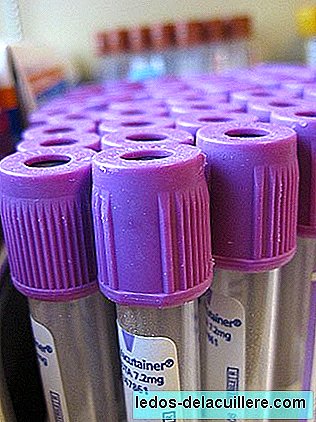
Article 24 of the International Convention on rights of persons with disabilities proclaims his right to education. It is estimated that there are 150 million disabled children in the world, and that approximately 80% of them live in developing countries, where access to education is more complicated than in our environment.
However, also in developed countries, children with disabilities often encounter difficulties when it comes to joining the school. And technology could be a great help in this regard. The UNESCO report entitled "Accessible ICT and personalized learning for students with disabilities" It addresses this issue extensively.
The central theme is that of the challenges and the search for viable solutions for the promotion of personalized learning for each student, especially for those with learning difficulties or physical disabilities, through information and communication technology (ICT) in the classrooms.
This is an important issue that, unfortunately, given the current economic situation, is relegated to educational systems, more concerned with cutting back than providing true solutions to address student diversity.
Stressing the importance of adapted schools, the report includes a large number of successful case studies, as well as recommendations for educators and students to use the technological solutions already available in the classrooms and for educators to be trained in accessibility.
But as it is an issue in which teachers cannot act on their own, the main recommendations on viable solutions for the use of accessible ICT They are also intended for policy makers and administrators.
The report on ICT in the classroom and disability
This report, which dates from 2011, is the result of cooperation between UNESCO and Microsoft Corporation, seeking an integrative education strategy based on human rights.
According to the Organization for Economic Cooperation and Development, Up to 35% of school-age students need some kind of special support or has been diagnosed as a person with special needs.
The inclusion of children with disabilities in conventional schools is essential, as this completes the completion of universal elementary education and contributes to the elimination of discrimination.
Personalized learning should focus on the specific needs of all students, whatever their abilities, recognizing the learning style of each one of them, even those with mild, moderate or severe disabilities.
Technology is particularly important in facilitating personalized learning, from current technologies, such as computers, web browsers, word processors, electronic whiteboards and assistive technologies, such as hearing aids, screen readers ...
The UNESCO report sets out the key issues indicated by experts, such as practical resources, case studies and good practices that can be applied both in the work of teachers and in the formulation of plans for the use of ICT in schools.
Of particular interest is the second part, which contains a detailed breakdown of all the recommendations made by the experts. The third part describes important regulatory aspects for policy makers and administrators.
I hope national and regional policies and school plans are formulated on Information and communication technologies that fully incorporate their use in the classroom, as key instruments to realize a comprehensive and personalized education.
Official Site | UNESCO In Babies and more | Children with disabilities in public schools, lack of means to allow full integration, How to know if our child needs support in school












